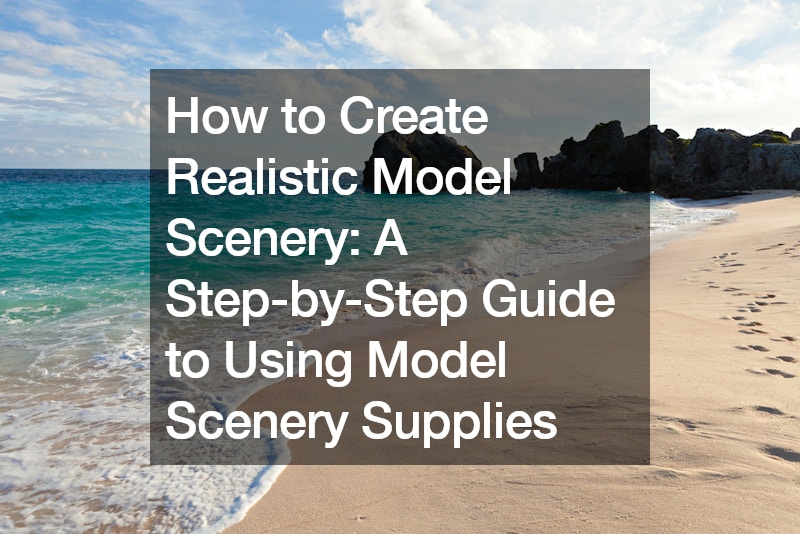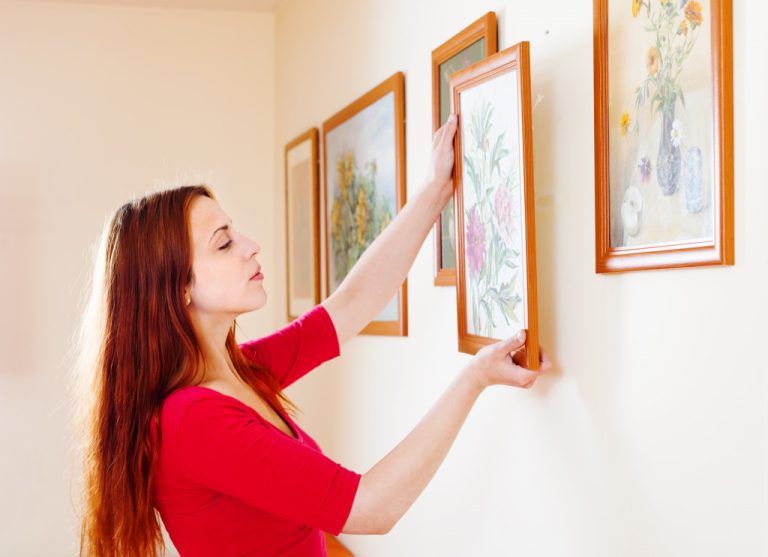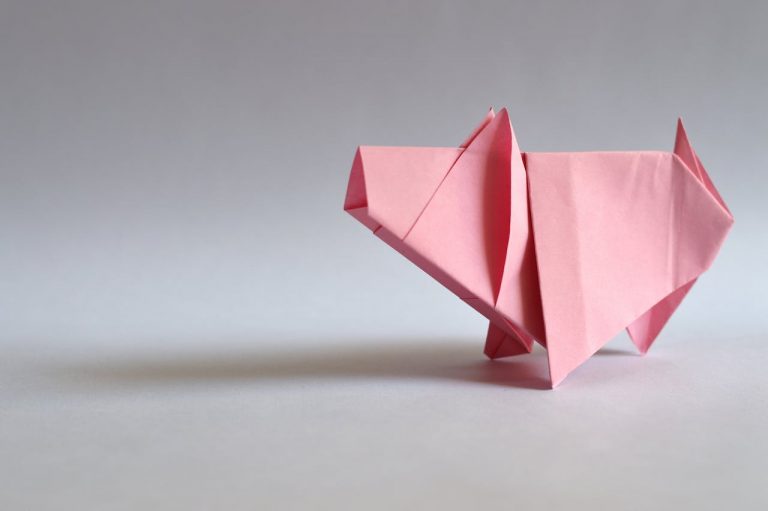Are you ready to take your model railroad layout to the next level of realism? Crafting lifelike model scenery is an art form that brings miniature worlds to life, captivating viewers and immersing them in the magic of your creation. Whether you’re a seasoned modeler or just starting out, mastering the use of model scenery supplies is essential for achieving stunning results. In this comprehensive guide, we’ll delve into each step of the process, providing detailed instructions and expert tips to help you create breathtaking landscapes for your model railroad layout.
Start with a Plan:
Before diving into your scenery project, it’s crucial to have a clear vision of what you want to achieve. Take some time to sketch out your ideas, considering factors such as terrain features, landmarks, and the overall theme of your layout. Think about how you can incorporate model scenery supplies to bring your vision to life, and make a note of any specific materials you’ll need.
Gather Your Supplies:
Once you have a plan in place, gather all the necessary model scenery supplies for your project. These may include foam sheets, plaster cloth, turf, foliage, paints, adhesives, and detailing tools. Having everything you need on hand will streamline the process and prevent interruptions as you work on your scenery.
Prepare the Base:
The base of your model railroad layout serves as the foundation for your scenery. Begin by shaping the terrain contours using foam sheets. Cut and sculpt the foam to create hills, valleys, and other land forms according to your plan. This step is essential for establishing the overall topography of your layout.
Apply Plaster Cloth:
Once you’ve sculpted the foam base, it’s time to apply plaster cloth to create a sturdy surface. Plaster cloth is a versatile material that forms a hard shell when dry, providing stability for your scenery. Lay the plaster cloth over the foam, smoothing it out to ensure a seamless surface without any bumps or ridges.
Add Texture and Detail:
With the base in place, it’s time to add texture and detail to your scenery. This is where the magic happens, as you use a variety of model scenery supplies to bring your landscape to life. Experiment with different types of turf, foliage, and ground cover to create realistic vegetation, bushes, and trees. Pay attention to color, scale, and placement for a naturalistic effect.
Create Depth and Dimension:
To enhance the realism of your scenery, create depth and dimension by layering different elements. Finer textures and lighter colors in the foreground are used to simulate distance, while darker colors and coarser textures can be used to represent closer objects. This technique helps create the illusion of depth and adds visual interest to your layout.
Add Finishing Touches:
Once you’re satisfied with the overall look of your scenery, it’s time to add the finishing touches to bring it to life. Consider adding details such as roads, water features, buildings, and miniature figures to enhance your layout’s realism. Pay attention to scale and placement to ensure that everything fits harmoniously within the landscape.
Experiment and Have Fun:
Model railroading scenery is a creative endeavor, so don’t be afraid to experiment and try new techniques. Use model scenery supplies in innovative ways to achieve unique and realistic effects. Take inspiration from real-life landscapes and let your imagination run wild. Above all, remember to have fun and enjoy the process of bringing your miniature world to life. Utilizing Model Scenery Supplies:
Foam Products:
Modelers commonly use foam products to construct the base terrain of their layouts. Foam boards, sheets, and blocks are versatile materials that can be easily shaped and carved to create hills, mountains, valleys, and other landscape features. The lightweight nature of foam makes it ideal for building intricate terrain without adding excessive weight to the layout.
Hot Wire Foam Cutter:
A hot wire foam cutter is an essential tool for accurately shaping foam materials. By heating a thin wire, this tool allows modelers to cut through foam with precision, creating smooth contours and intricate details. Whether it’s carving mountain ridges or shaping tunnel entrances, the hot wire foam cutter provides a controlled way to sculpt foam to desired shapes.
Foam Glue and Adhesives:
Specialized foam glues and adhesives are designed to bond foam materials securely without damaging them. These adhesives typically have a low-temperature operation, ensuring that they won’t melt or deform the foam during application. Foam glue is crucial for assembling foam layers, attaching scenic elements, and securing terrain features in place.
Plaster Cloth:
Plaster cloth is a versatile material used to create durable terrain surfaces and add texture to landscapes. By dipping strips of cloth in water and applying them over terrain contours, modelers can create a sturdy shell that serves as a foundation for scenic detailing. Plaster cloth sets quickly and provides a solid base for further landscaping work.
Ballast and Turf:
Ballast is a finely crushed rock material that simulates gravel or rocks on railroad tracks and surrounding areas. Modelers can choose from various ballast colors and grades to match the scale and era of their layout. Turf, on the other hand, is used to represent grass, foliage, and ground cover. It comes in different colors and textures, allowing modelers to add realistic vegetation to their scenes.
Trees and Foliage:
Adding trees and foliage is essential for bringing model landscapes to life. Modelers can use tree armatures, foliage clusters, and foliage materials to create realistic-looking trees of various species and sizes. By carefully selecting and arranging trees and foliage, modelers can enhance their layouts’ visual appeal and realism.
Water Effects:
Model scenery supplies also include products for modeling water features such as rivers, lakes, and streams. Realistic water and water effects allow modelers to create convincing water bodies with ripples, waves, and reflections. These products typically come in liquid form and can be poured and shaped to achieve desired water effects.
Scenic Details and Accessories:
To add depth and authenticity to model scenes, modelers can incorporate scenic details and accessories such as figurines, vehicles, buildings, and other miniature elements. These details help create a sense of scale, context, and storytelling within the model landscape, making it more immersive and engaging for viewers.
By understanding and effectively utilizing model scenery supplies, modelers can unleash their creativity and transform simple layouts into realistic miniature worlds. Whether it’s crafting intricate terrain features, adding lifelike vegetation, or detailing scenic elements, the right tools and techniques can turn a vision into a tangible masterpiece.
.








